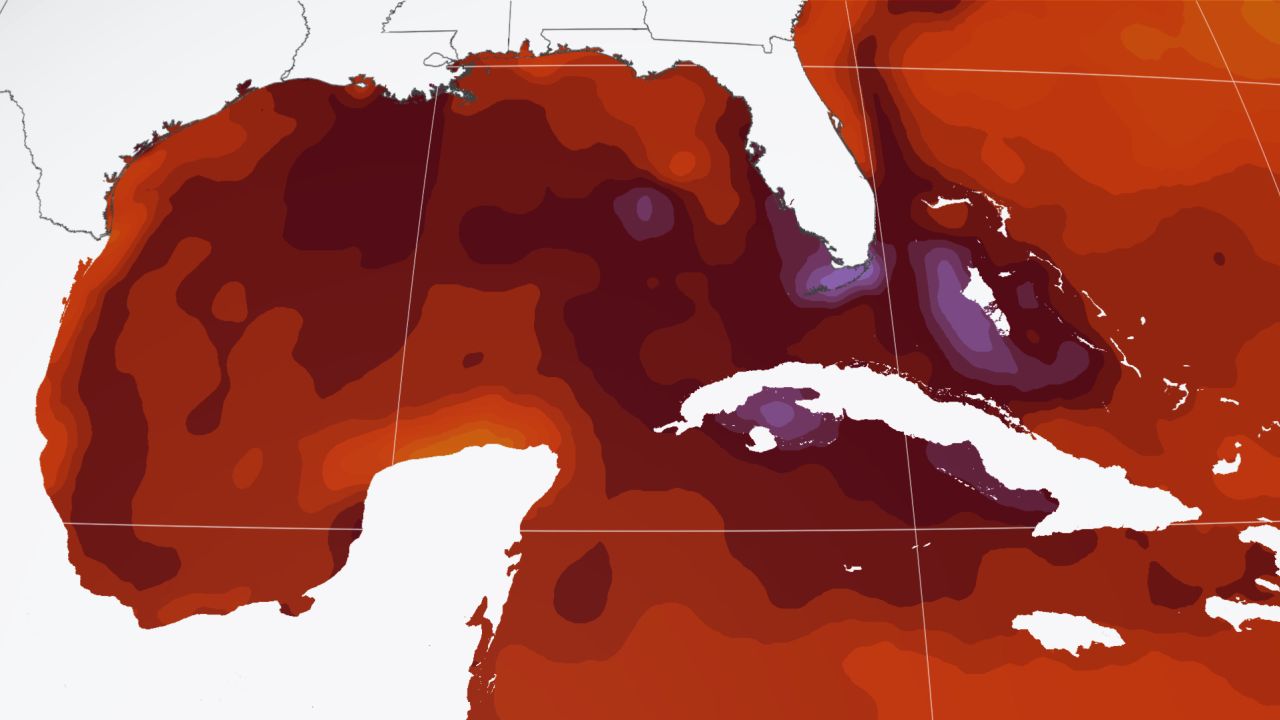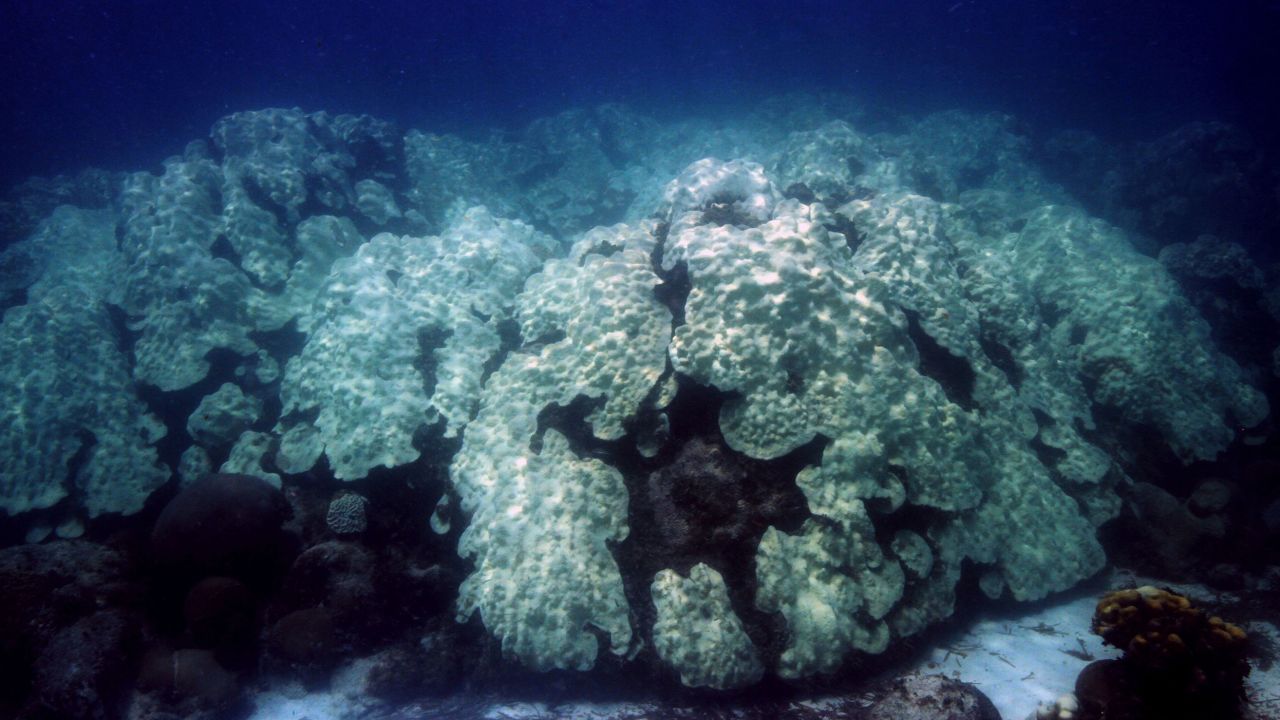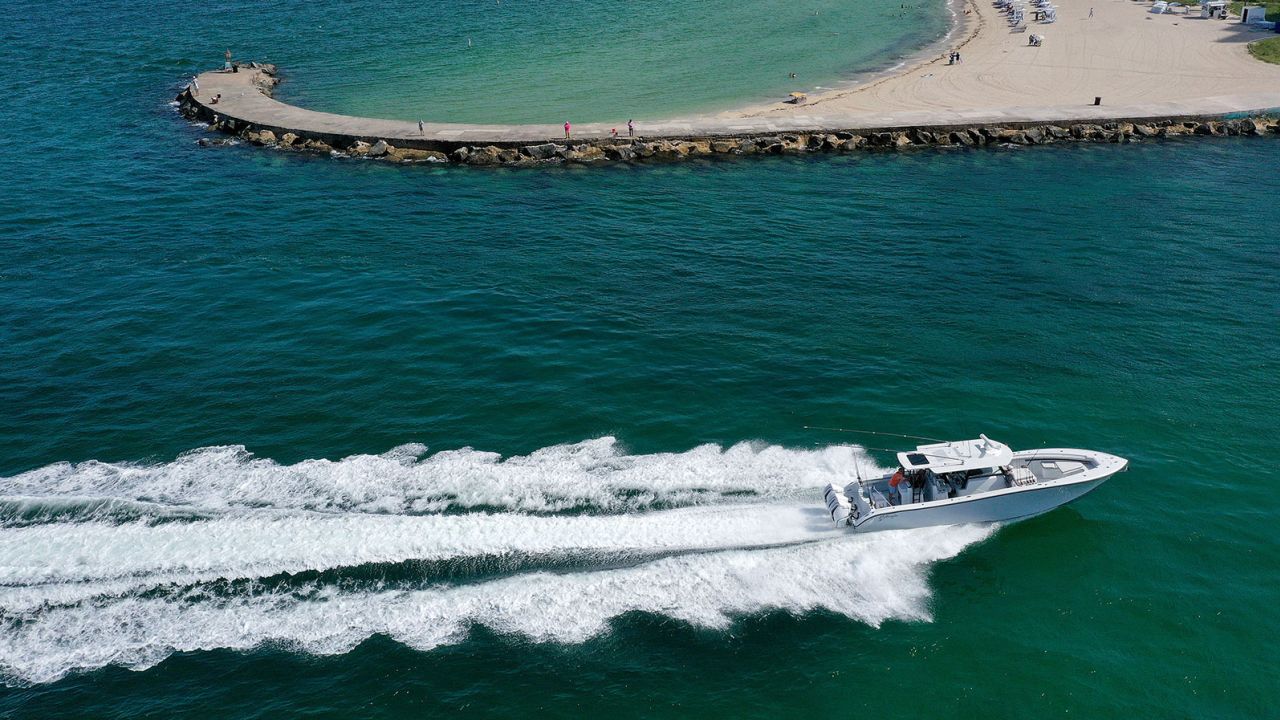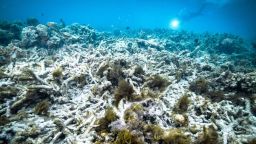begin quote from:
https://www.cnn.com/2023/07/12/us/florida-ocean-heat-coral-bleaching-climate/index.html
Ocean heat around Florida is ‘unprecedented,’ and scientists are warning of major impacts

A sudden marine heat wave off the coast of Florida has surprised scientists and sent water temperatures soaring to unprecedented highs, threatening one of the most severe coral bleaching events the state has ever seen.
Sea surface temperatures around Florida have reached the highest levels on record since satellites began collecting ocean data. And the warming is happening much earlier than normal – yet another example of ocean heat being amplified by the human-caused climate crisis and the extreme weather it brings.
“We didn’t expect this heating to happen so early in the year and to be so extreme,” Derek Manzello, a coordinator at the National Oceanic and Atmospheric Administration’s Coral Reef Watch, told CNN. “This appears to be unprecedented in our records.”
The exceptional temperatures – close to 97 degrees Fahrenheit in some areas – are more than just another alarming climate record; extreme ocean heat and its duration are critical in deciding the survival of coral reefs. Temperatures that are too hot for too long cause coral to bleach, turning a ghastly white as they expel their algal food source and slowly starve to death.

Coral that bleaches won’t always die, but the more intense the heat and the longer it lasts, the more inevitable death becomes, coral experts said.
All it takes is sea surface warming of 1 degree Celsius, or 2 to 3 degrees Fahrenheit, beyond the reef’s normal highest temperature to trigger the heat stress that leads to bleaching, according to Manzello. The sea surface temperatures around Florida are more than 2 degrees Celsius above that normal range and have been for one to two weeks, he said.
Buoys off the coast of Florida measured hot tub-like water temperatures near 97 degrees Fahrenheit on Monday in the shallow, heat-prone Florida Bay between the southern tip of Florida and the Keys. The more ecologically vital and expansive coral reefs are located east and south of the Florida Keys, but the buoy measurements indicate just how extreme the heat in Florida has been so unusually early in the summer.
Ocean temperatures around Florida usually get hotter as the summer progresses and don’t reach their peak until late August into September, Manzello said, meaning ocean temperatures could rise further.
That would mean “significant and severe” bleaching will start in the next week and the coral could start to die altogether within a month, he said.
“It still remains to be seen if this event is going to be more or less severe than previous events,” Manzello said. “However, all of the evidence right now is pointing to the fact that it’s going to be one of the more severe events we’ve seen.”
The bleaching is already happening in the Florida Keys, which is home to 6,000 individual reefs. Eleven observations of partial bleaching were confirmed by the Mote Marine Laboratory in June. Experts said they expected that number to grow exponentially in the weeks to come.
An ‘existential crisis’ for coral

Katey Lesneski saw bleaching firsthand this past weekend while diving at an unnamed reef off the coast of Islamorada, one of the northern Florida Keys. Lesneki is the monitoring coordinator for Mission: Iconic Reefs, a NOAA project that aims to restore seven “iconic” reefs around the Florida Keys to some of their former glory over the next 20 years by planting and growing coral there.
She said she saw the beginning stages of bleaching happening in coral up to 60 feet deep.
“The corals look a lot lighter in color, they’re usually pretty robust tones of yellows and greens and browns and oranges, but they literally start to look like someone threw bleach on them,” Lesneski told CNN.
A NOAA study published last year found that climate change-fueled coral disease and bleaching had already eroded 70% of Florida’s coral reefs. The seven reefs that Lesneski is trying to restore went from well over 50% coral cover, to just 2% coral cover by the time her program launched in 2019.

Florida is losing more than just the coral. Coral reefs generate billions of dollars for Florida’s economy through activities like fishing and tourism, which wouldn’t be possible without reefs to protect the species that rely on them.
“Just from an ecological standpoint, about 25% of the marine species depend on coral reefs at some point in their lives,” Lesneski said. “That’s everything from the pretty fish that people like to look at to the large game fish … those fish get their start and heavily depend on other components of the reef at some point in time.”
Florida’s latest coral crisis is just another symptom of the broader threat of climate change, which could wipe out all of Earth’s coral reefs by 2100, a recent study found.
“What we’re looking at right now is another cut in a death by a thousand cuts,” Manzello said.
“Ocean warming is only getting worse, bleaching events are getting more frequent, so it’s really an existential crisis for coral reefs as we know them.”


No comments:
Post a Comment